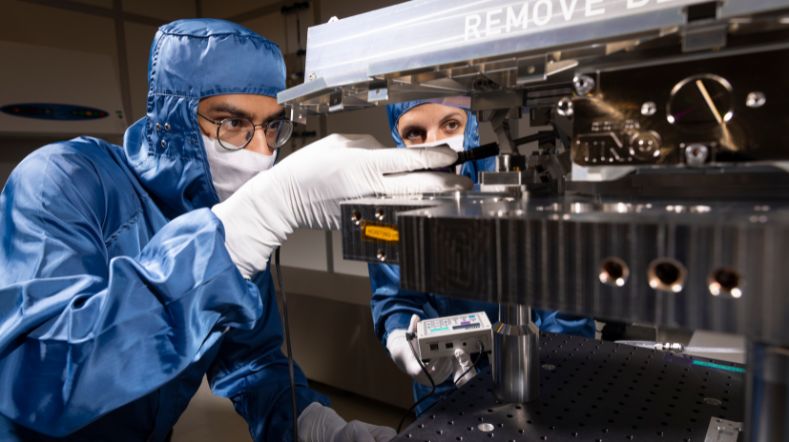Aircision and TNO successfully demonstrate 10 Gbps FSO link over 2.5km, enabling fast deployable 5G networks
Aircision and TNO successfully completed their field tests establishing the first optical wireless link of 10 Gigabit-per-second (Gbps) over 2.5km in the Netherlands. This will potentially enable 5G and broadband networks to be more accessible, with higher bandwidth and robust connectivity.
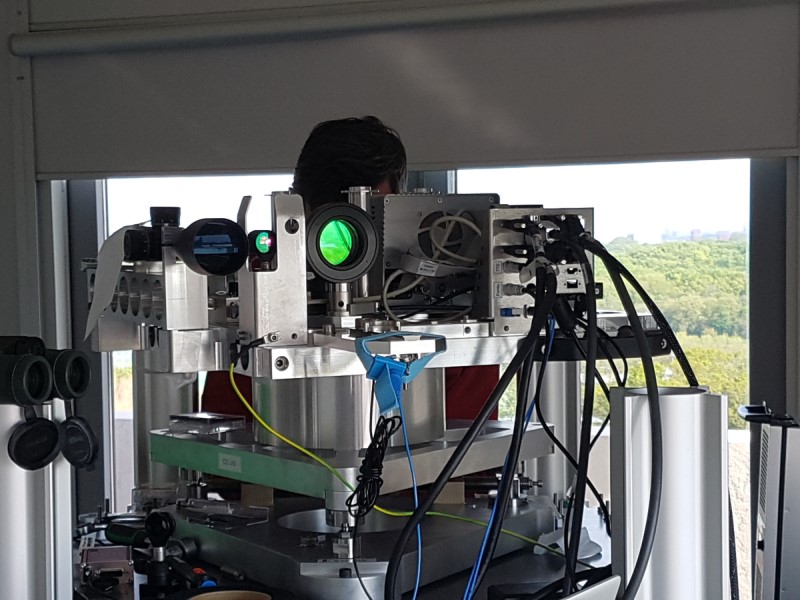
The tests were conducted between the Tower in the TNO Oude Waalsdorperweg facility in the Hague and the Luchtwachttoren in Scheveningen. It is a vital milestone of the collaboration between TNO and Aircision which aims to address the growing demand of data and connectivity in society as well as the need for coverage in rural and remote areas.
The ambition of both parties is to develop Free Space Optic (FSO) Ground-to-Ground systems that can deliver 100 Gbps and distances of 10km, and beyond, to further advance secure broadband connectivity in the Netherlands and Europe, and strengthen the innovative power and competitive position of the Dutch suppliers on the telecom market.
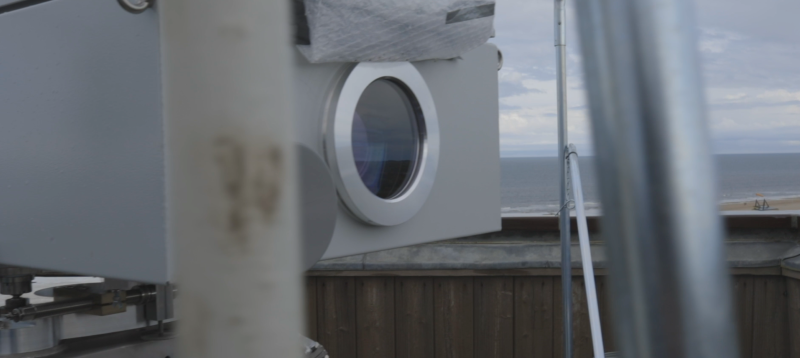
“This field test is crucial for our mission to build high performing FSO systems that meet the demand for worldwide connectivity.” said Aircision CEO Luis Oliveira. “By demonstrating that our technology works at 10 Gbps and 2.5km, we are on our way to outperform the technical specifications set by current E-band solutions.”
Contributing to digital transformation
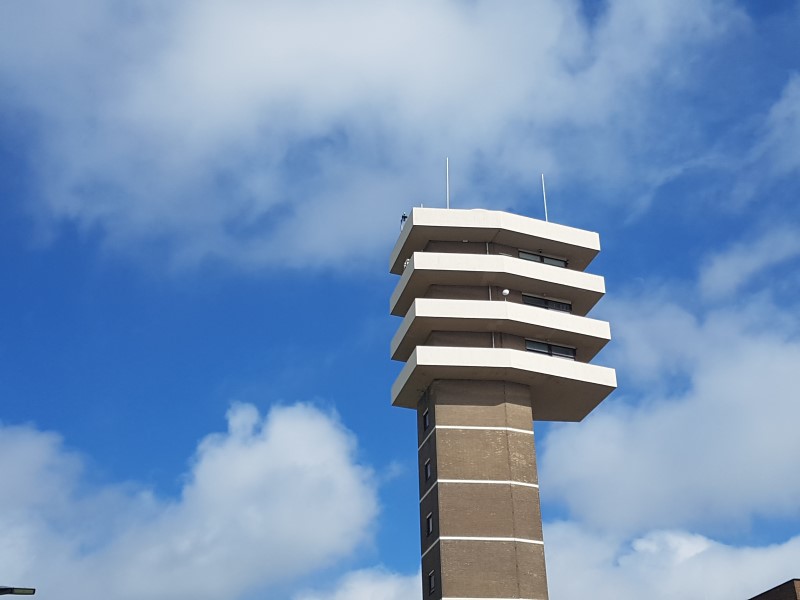
TNO has years of knowledge and experience in developing and building cutting-edge FSO systems and optical systems for Space applications. From technologies that transmit data over thousands of kilometers in Space, Aircision can benefit for its targeted delivery of higher bitrates and coverage over greater distances. This opens up new use cases for the use of FSO, such as rural 4G and 5G expansion, 5G enterprise networks, and rapid deployment; which is in line with European Commission’s main objectives for the upcoming years as part of the ‘Digital Decade’ and ‘A Europe fit for the digital age’ programs. TNO and Aircision share this vision and have the ambition to contribute to the digital transformation of the EU.
“TNO Space aims to enable secure broadband connectivity that will support the growing demand for data and increase communication efficiency. We also help stimulate economic growth in the Netherlands and Europe by enabling companies to realise new products, generate new business and improve their competitive position. This project with Aircision is a great example of these goals in practice.” said Niel Truyens Senior Business Developer TNO.
In the next phase, TNO and Aircision plan to continue with the development of their technology to deliver 20Gbps over 5km for Aircision’s first product to be field tested in Q4 of 2021. Commercial pilots are planned for 2022. Aircision is supported by the Dutch FSO ecosystem for the development of key components and a global versatile supply chain.
This project is co-funded by Holland High Tech, with a PPP Grant for Research and Innovation in Top Sector HTSM.
Get inspired
Optics
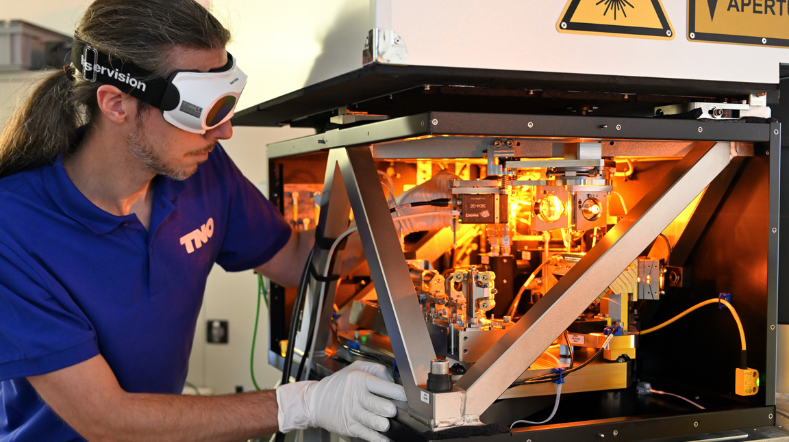

Time setter story: Max van Strien


TNO technology selected for Secondary Mirror of W. M. Keck Observatory


Time setter story: Benjamin Brenny


Space systems engineering
